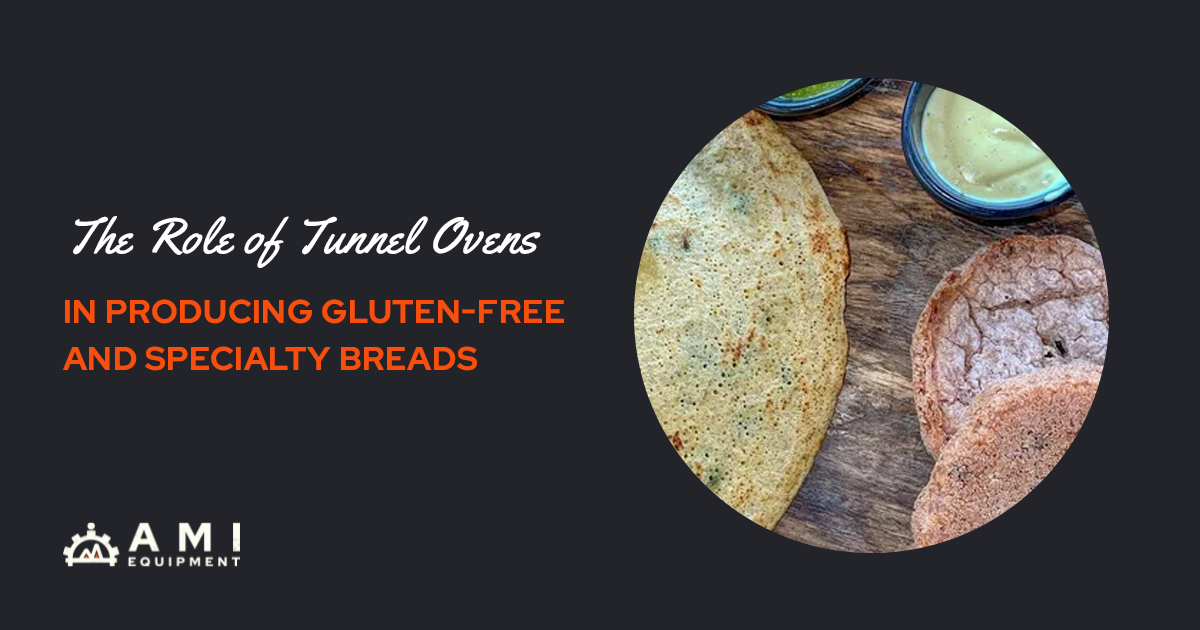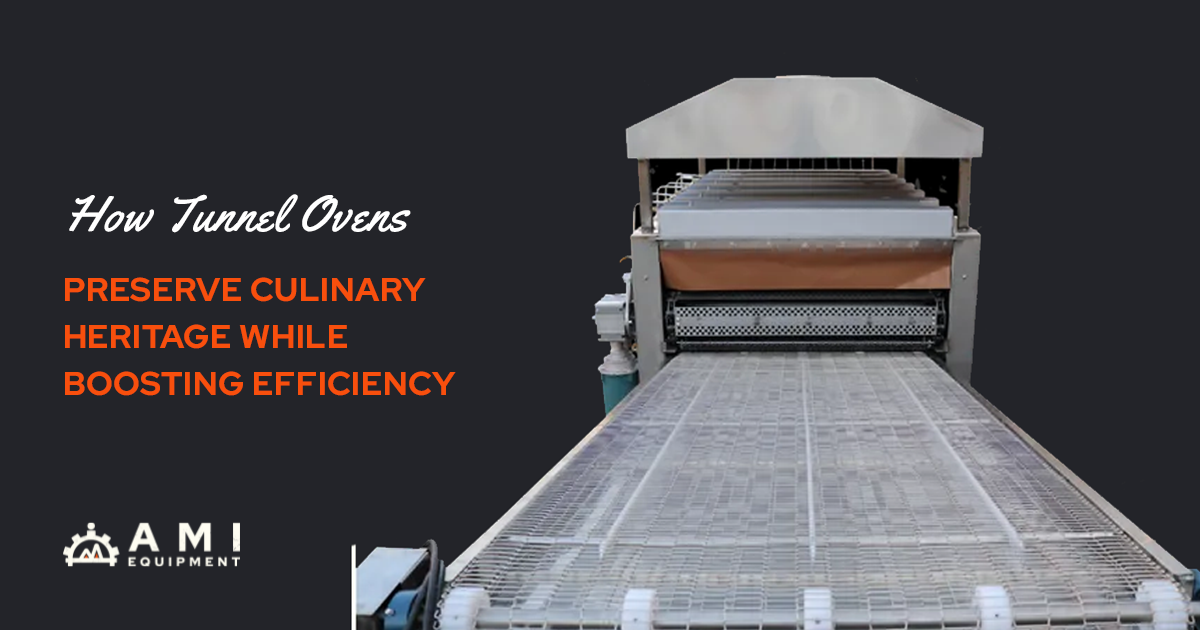Why Choosing the Right Cooking Surface for Your Arabic Bread Oven Matters: Features and Benefits
Share this page:

Introduction
Choosing the right cooking surface for your Arabic bread oven can make all the difference in achieving authentic, delicious results. Whether you're baking Pita, Focaccia, Naan, Lavash, Sangak, or even pizzas and samosas, the type of plate you use significantly impacts your bread's texture, flavor, and overall quality. In this article, we'll explore the various types of plates available for AMI's tunnel ovens, referred to as Arabic bread ovens, and their unique features and benefits.
Understanding Arabic Bread Ovens
AMI's tunnel ovens, often referred to as Arabic bread ovens, are designed to replicate traditional baking methods. They offer even heat distribution and high temperatures essential for perfect flatbreads. These ovens are versatile and can accommodate different types of plates to suit various baking needs.
Different Types of Plates for Arabic Bread Ovens

Traditional Carbon Steel Plate
Ideal for:
Pita, Focaccia, Naan, and Samosas Traditional carbon steel plates are a versatile choice, widely used for their durability and excellent heat conduction. They provide a consistent, high-temperature surface that's perfect for a variety of flatbreads and pastries. Whether baking soft, pillowy Pita or crispy, savory Samosas, carbon steel ensures even cooking and a delightful texture every time.
Benefits:
- Excellent heat retention and distribution
- Durable and long-lasting
- Versatile for multiple types of bread and pastries
- Easy to maintain and clean

Perforated Plate
Ideal for:
Lavash and Armenian Bread. Perforated plates are designed with small holes that allow steam to escape during baking, creating a crisp, light texture. This plate type is particularly well-suited for Lavash and Armenian bread, which require a delicate, airy finish.
Benefits:
- Creates a light, crispy texture
- Prevents sogginess by allowing steam to escape
- Ideal for thin, delicate breads
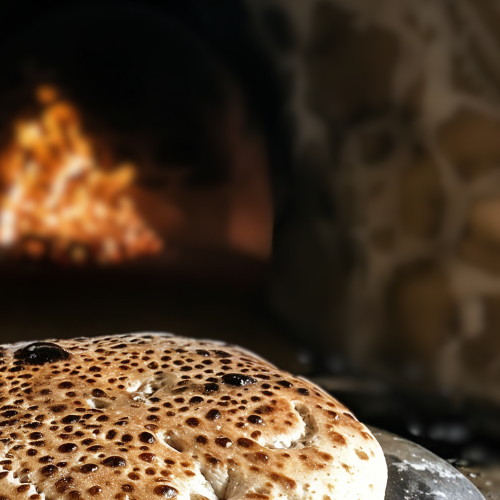
Pebble Stone Plate
Ideal for:
Sangak (Iranian Bread) Pebble stone plates mimic the traditional method of baking Sangak on a bed of small stones. This surface imparts a unique texture to the bread, with irregular, crispy patterns on the bottom and a soft, chewy interior. Sangak baked on a pebble stone plate has an authentic, rustic quality that is hard to replicate with other surfaces.
Benefits:
- Authentic texture and flavor
- Irregular, crispy patterns on the bread
- Enhances the traditional baking experience

Cordierite Plate
Ideal for:
Pizza Stone Baking Cordierite plates are known for their exceptional thermal stability and heat retention, making them perfect for pizza stone baking. This plate can withstand temperatures without cracking, ensuring a crisp, evenly cooked crust. Cordierite is also great for other types of flatbreads that benefit from a stone-baked finish.
Benefits:
- Excellent thermal stability
- High heat retention
- Perfect for achieving a crisp, evenly cooked crust
- Durable and resistant to thermal shock
Benefits of Using the Right Plate in an Arabic Bread Oven
Choosing the right plate for your Arabic bread oven can enhance your baked goods' flavor, texture, and overall quality. It can also improve baking efficiency and consistency, helping you achieve professional results every time.
- Enhanced Flavor and Texture: Each type of plate brings out the best in different breads, from the crispy edges of Sangak to the soft, chewy texture of Naan.
- Efficiency and Consistency: Specialized plates ensure even heat distribution, reducing baking time and ensuring consistent results.
- Cost-Effectiveness and Energy Efficiency: High-quality plates retain heat effectively, reducing energy consumption and costs.
User Experiences and Testimonials
Here are testimonials from bakers who have experienced improved baking quality with our ovens:
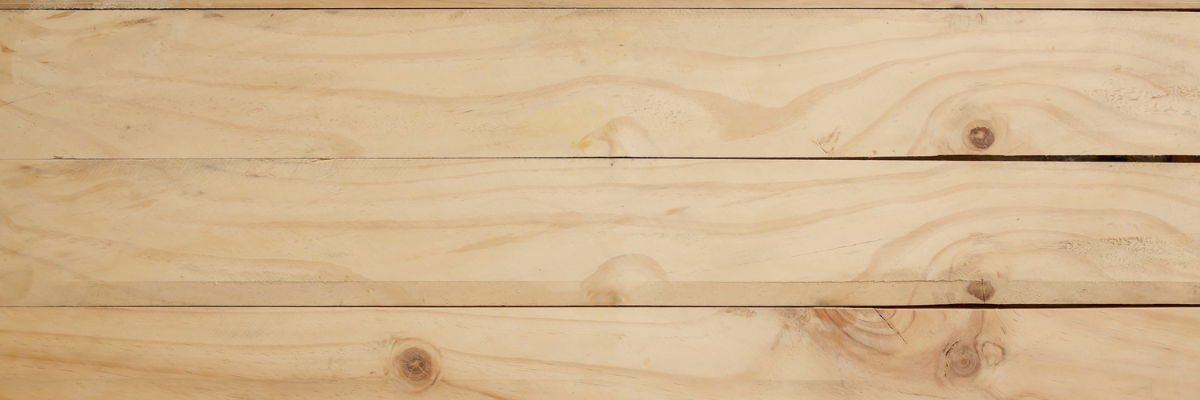
Authentic Iraqi and Afghani Breads
"We had another machine, like a pizza machine, but it was not like this. With the AMI equipment, we make the exact bread we want. The cooking surfaces ensure our Iraqi and Afghani breads have the right texture and consistency. It's essential because it's an international grocery store, and we need to replicate the traditional bread perfectly. The equipment works fine, and we've seen increased sales and customer satisfaction." - Nasrulla from Baghdad Market
AMI's Oven Sets Us Apart: Perfect Pita Texture and Unmatched Capacity
"In this particular product, without the right kind of oven and cooking surface, you cannot make proper Pita bread. Everyone uses the same ingredients, but the oven and its surfaces are part of why our Pita is so good. Thanks to AMI, I know the sky is the limit, and I'm not limited by capacity or texture issues. The unique surfaces provided by AMI's pita bread oven have been a game-changer, delivering the authentic texture we need." - Sagi from Shaloha Pita
Perfect Texture and Productivity Boost for Egyptian Bread
"The AMI equipment is the heart of our business. The cooking surfaces, like the enhanced spinning board and additional burners, ensure our Egyptian bread gets the precise heat for the perfect texture. The flexibility and support from AMI have been outstanding. Whenever we have any issues, they provide immediate solutions. Their custom designs have significantly improved our productivity and bread quality, allowing us to expand our customer base." - Samuel from Sam Bakery
High-Quality Indian and Pakistani Bread at Scale
"In Indian and Pakistani culture, every dish requires bread, which means you have to have the capacity to produce high-quality bread consistently. The specialized cooking surfaces from AMI ensure our bread always comes out perfectly. The volume we can produce has increased significantly without sacrificing much on quality. The support from AMI has been excellent, and the ability to call directly for any questions or issues is invaluable." - Sal from Pakistan New Restaurant
How to Choose the Right Plate for Your Needs
When selecting a plate for your Arabic bread oven, consider the types of bread you primarily bake, the desired texture, and your oven's specifications. Evaluate the benefits of each type of plate and match them with your baking goals. Consulting with experts or reading detailed reviews can also help you make an informed decision.

Conclusion
Investing in the proper cooking surface for your Arabic bread oven is crucial for achieving authentic, high-quality results. Whether you opt for a traditional carbon steel plate, a perforated plate, a pebble stone plate, or a cordierite plate, each offers unique benefits that elevate your baking.
Ready to take your baking to the next level?
Visit our Tunnel Oven page to explore our range of customizable Arabic bread ovens and find the perfect solution for your bakery.
Frequently Asked Questions
-
What is the best plate for baking Pita bread?
The traditional carbon steel plate is ideal for baking Pita bread due to its excellent heat retention and distribution. This ensures soft, fluffy Pitas with the perfect amount of browning.
-
How does a perforated plate improve Lavash baking?
A perforated plate allows steam to escape during baking, which helps create a light, crispy texture and prevents Lavash from becoming soggy.
-
Can I use a pebble stone plate for other types of bread?
While a pebble stone plate is designed explicitly for Sangak, it can also be used for other flatbreads that benefit from a rustic, crispy texture.
-
Is a cordierite plate suitable for baking pizzas only?
No, it is versatile and can be used for various types of flatbreads, providing excellent heat retention and a crisp, evenly cooked crust.
-
How do I maintain and clean these plates?
Each type of plate has specific maintenance requirements, but generally, it's important to avoid using harsh chemicals. Regular brushing and wiping with a damp cloth can keep them clean.
Share this page:
You May Also Be Interested
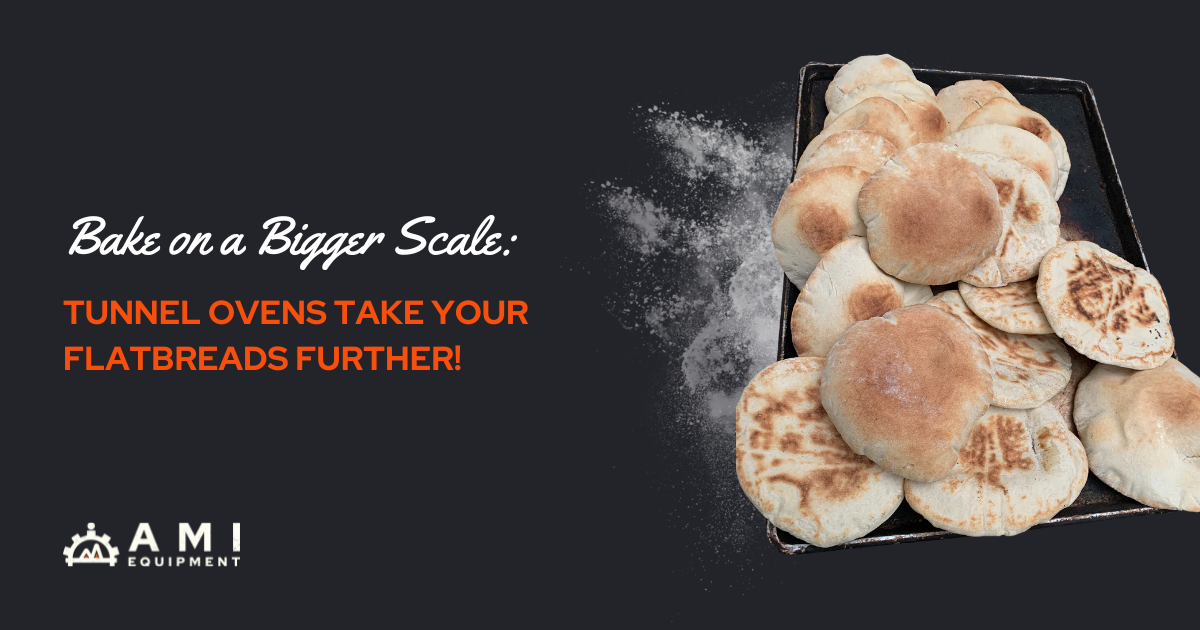
Site Map
AMI Equipment
Expertly crafted ovens and automation solutions for authentic, traditional flatbread production. Fully customizable and backed by lifetime support.
Follow Us:
Copyright © 2024 AMI Equipment - All Rights Reserved

